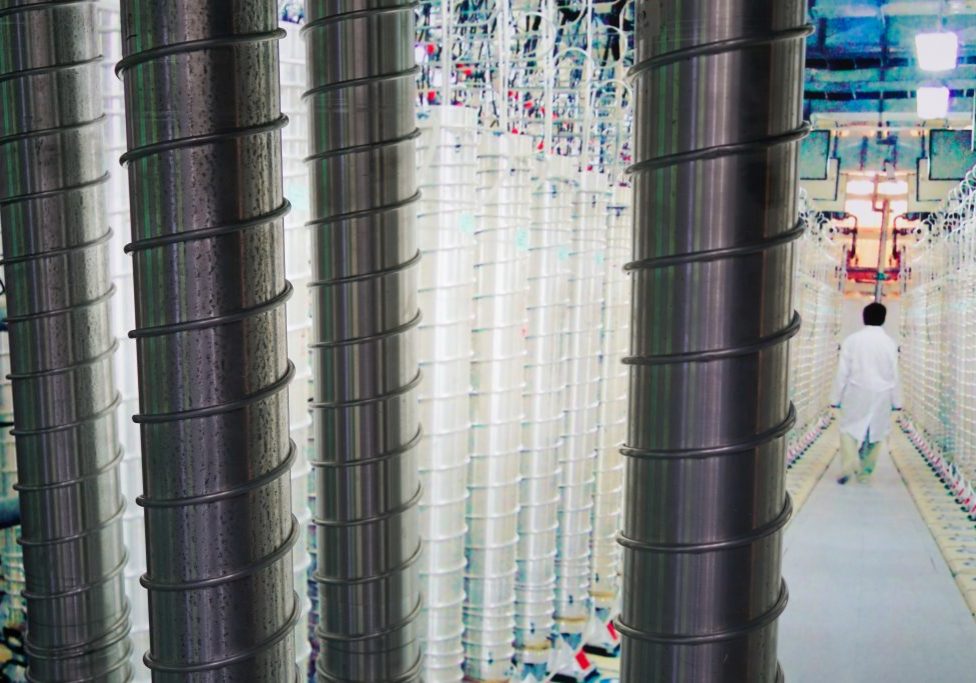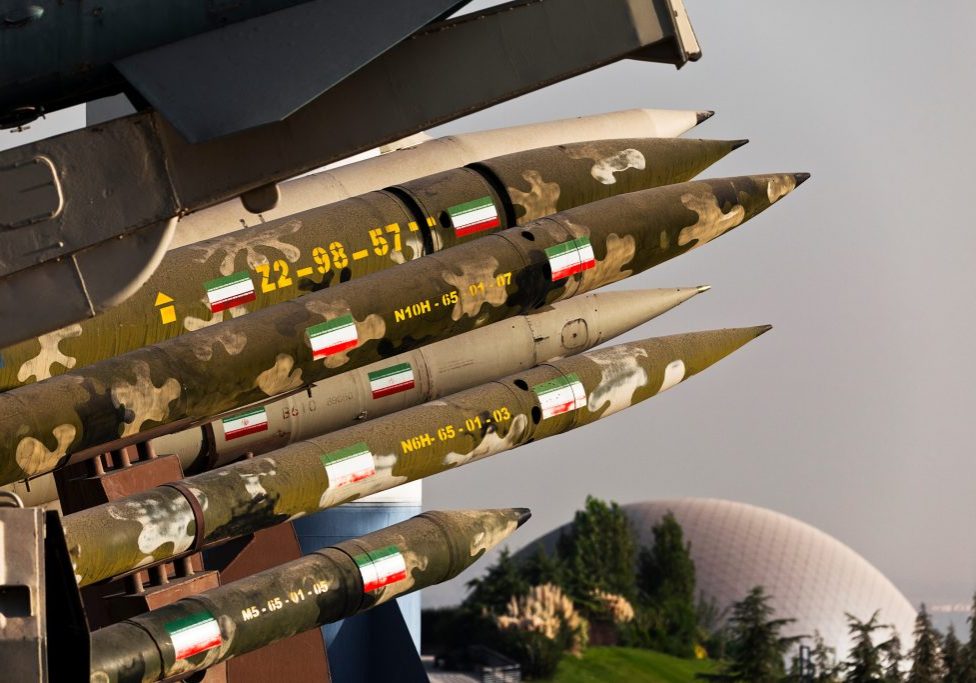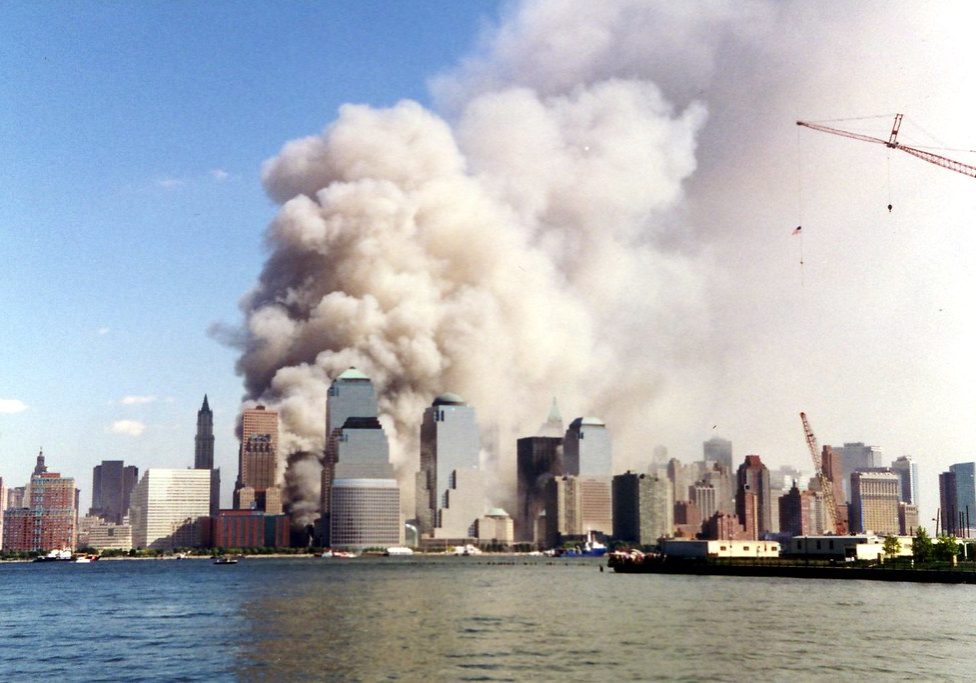Australia/Israel Review
Unhidden Agenda
Jan 2, 2006 | External author
Understanding Iranian intentions
By Rachel Eherenfeld & Paul E. Vallely
 |
| Ahmadinejad’s agenda is shared across Iran’s ruling class |
One wonders what will it take for the international community to understand that Iran seriously intends to use its nuclear power to attack the “infidels.”
Iran’s latest move to ban international inspectors is just one more step that the new Iranian president, Mahmoud Ahmadinejad, has taken to herald the return of the 12th Imam al-Mahdi, who is believed to have been born in 869 and went missing in 939 and whom the Shi’ites and Ahmadinejad believe will return before judgment day “to lead an era of Islamic justice.” According to the prophecies in the Shi’a Muslim Hadiths, (the traditions and sayings of the prophet Mohammed), the 12th Imam al-Mahdi will be resurrected only after “one-third of the world population will die by being killed and one-third will die as a result of epidemics.” Indeed, last year’s tsunami and this year’s devastating hurricanes and earthquakes are being used as propaganda by the radical Shi’ite clerics, claiming that the recent calamities are part of these prophecies.
On November 16, Ahmadinejad stated: “Our revolution’s main mission is to pave the way for the reappearance of the 12th Imam, the Mahdi.” In all his public statements in Iran and abroad, Ahmadinejad’s messages are on target: Iran under his leadership must rise as a global power to lead the world in the footsteps of the prophets. He clearly follows up with actions – moving on to develop nuclear weapons.
Yet, despite the evidence, neither the international community, nor the United States seem to comprehend Ahmadinejad’s serious commitment to advance the arrival of the 12th Imam. Indeed, by continuing discussions with Iran, they are playing along, giving it the time and latitude needed to achieve nuclear proliferation.
Ahmadinejad’s agenda has public appeal in Iran, as demonstrated by his landslide victory in the June election. This contradicts what many in the West and the United States want to believe.
Consequently, Ahmadinejad’s agenda, which is strongly supported by Iran’s clerics, precludes the possibility that Iran will stop developing its nuclear weapons and therefore that there can be a peaceful resolution for this problem.
Iran claims that it deserves to be a nuclear power like the United States and Russia. However, unlike the United States and Russia, which developed nuclear arsenals as mechanisms of deterrence, Iran by all indications is developing a nuclear arsenal as a mechanism to set off a chain reaction of death resulting in the destruction of a third of the world’s population in order to facilitate the arrival of the Mahdi.
Not surprisingly, Iran has just passed a new law to ban foreign inspections of its nuclear facilities, and at the same time announced its plan to build 20 more nuclear plants.
According to the Hadith, the Mahdi’s arrival will be preceded by three major stages. First, territorial conquests marked by death, destruction and conversion to Islam. In the case of Iran, it presents a real possibility of religious war with worldwide ramifications. The second stage constitutes the subversion and taxation, or economic domination, of the newly controlled territories, which according to Shi’ite interpretation would be under its domination.
The significance of these prophecies of the Hadith and the Koran lies not in the truth or falsehood of the predictions. Rather, the significance of these prophecies is that the Muslim faith imposes its belief that Islamic prophecy is reality-based. The radical Shi’ites led by Ahmadinejad consider themselves the advance guard in the mission to bring back the 12th Imam. If left undisturbed, this 1,400-year-old religious dogma carries a lethal payload.
It would not be the first time that radical Muslims try to destroy civilisations. They were successful in the past, and those successes feed their current aspirations. To strengthen Ahmadinejad’s message and to indicate that he is chosen by God to bring about the Imam’s return, he and his entourage claim that a halo of light appeared around his head when he addressed the UN General Assembly in September.
We hear constantly about Iranians who long for democracy. If only the United States would help them, so we are told, they would overthrow this suppressive regime. How then can they explain Ahmadinejad’s victory with 62 percent of Iran’s vote?
The logical explanation is that the elections were rigged. Be that as it may, Ahmadinejad is the president of Iran and he sets the agenda. We are all his captive audience, but we don’t have to be.
What we have to be is better informed. In order to win the war against radical Islam, it is important to understand who the enemy is, how they think and what their intentions are. There is mounting evidence that the Revolutionary Guard is following up on Iran’s constitutional mandate to export terrorism and expand Iran’s influence around the world.
It is vital to the national security of the West and its interests to do all it takes to stop Iran’s nuclear development and its support of international terrorism now.
![]()
Rachel Ehrenfeld is director of the American Centre for Democracy and author of Funding Evil; How Terrorism is Financed – and How to Stop It. Retired Maj. Gen. Paul E Vallely is a senior military analyst for Fox News Channel and co-author of Endgame – Blueprint for Victory in War on Terror. © 2005 Washington Times. Reprinted by permission, all rights reserved.
Tags: International Security






